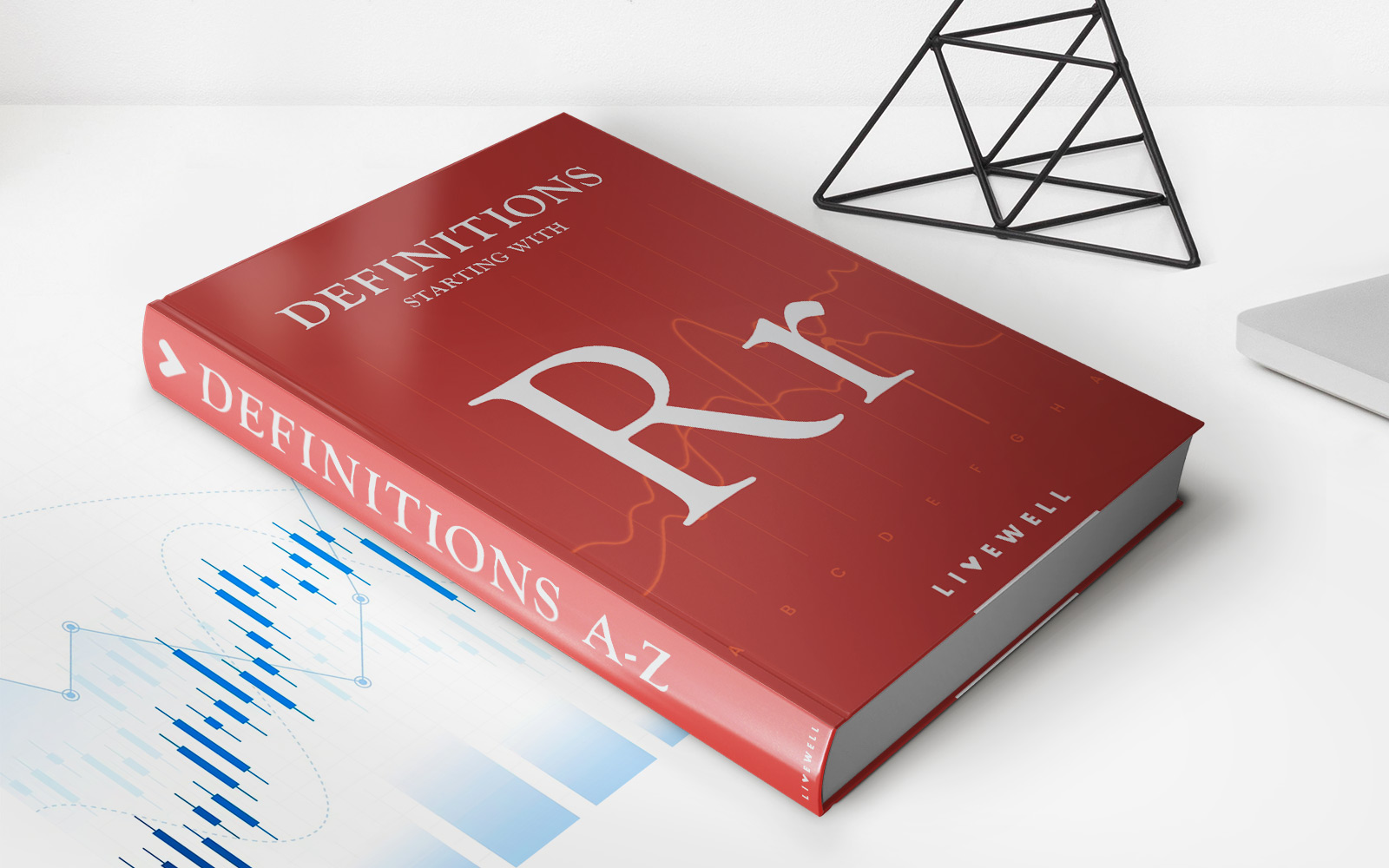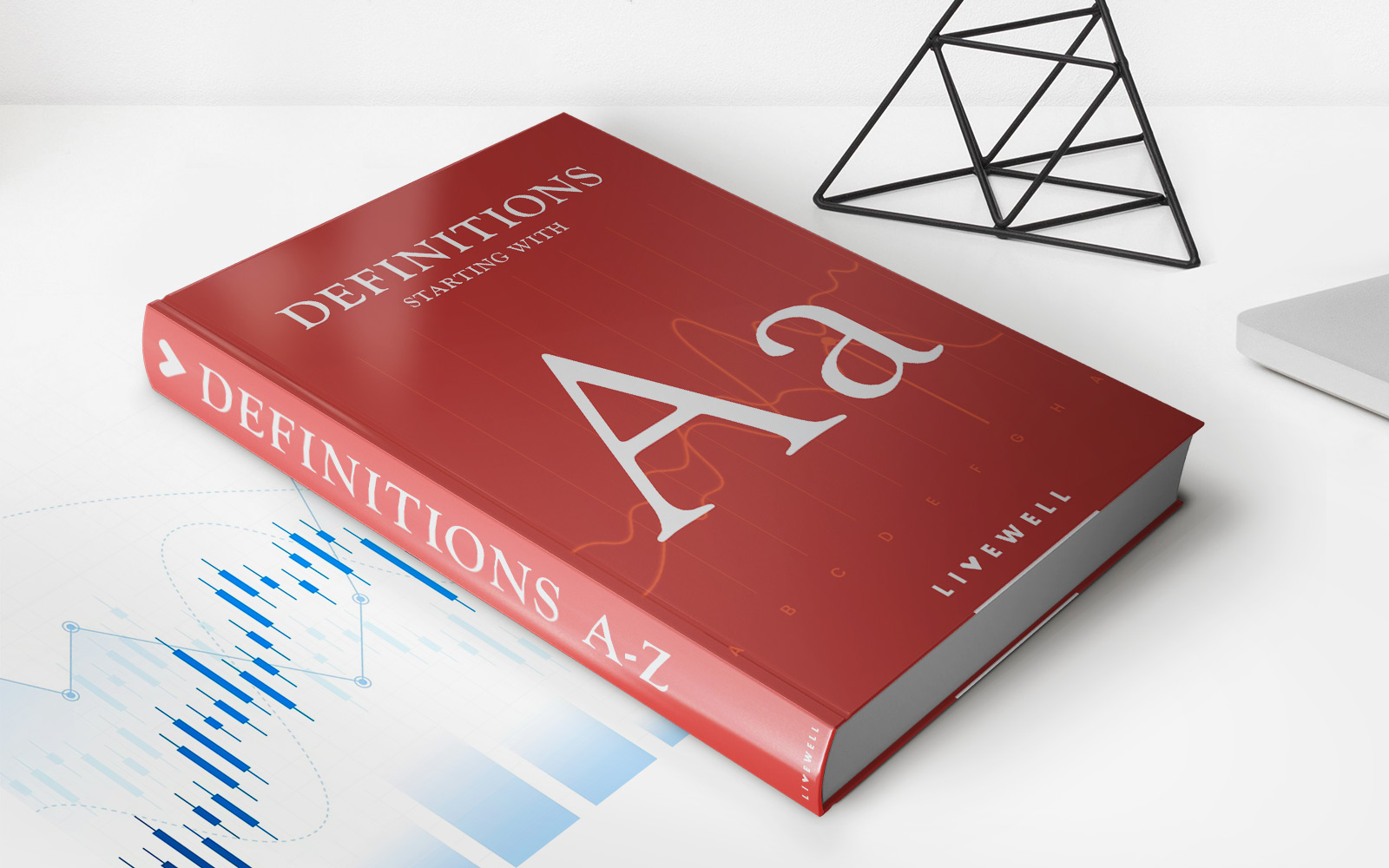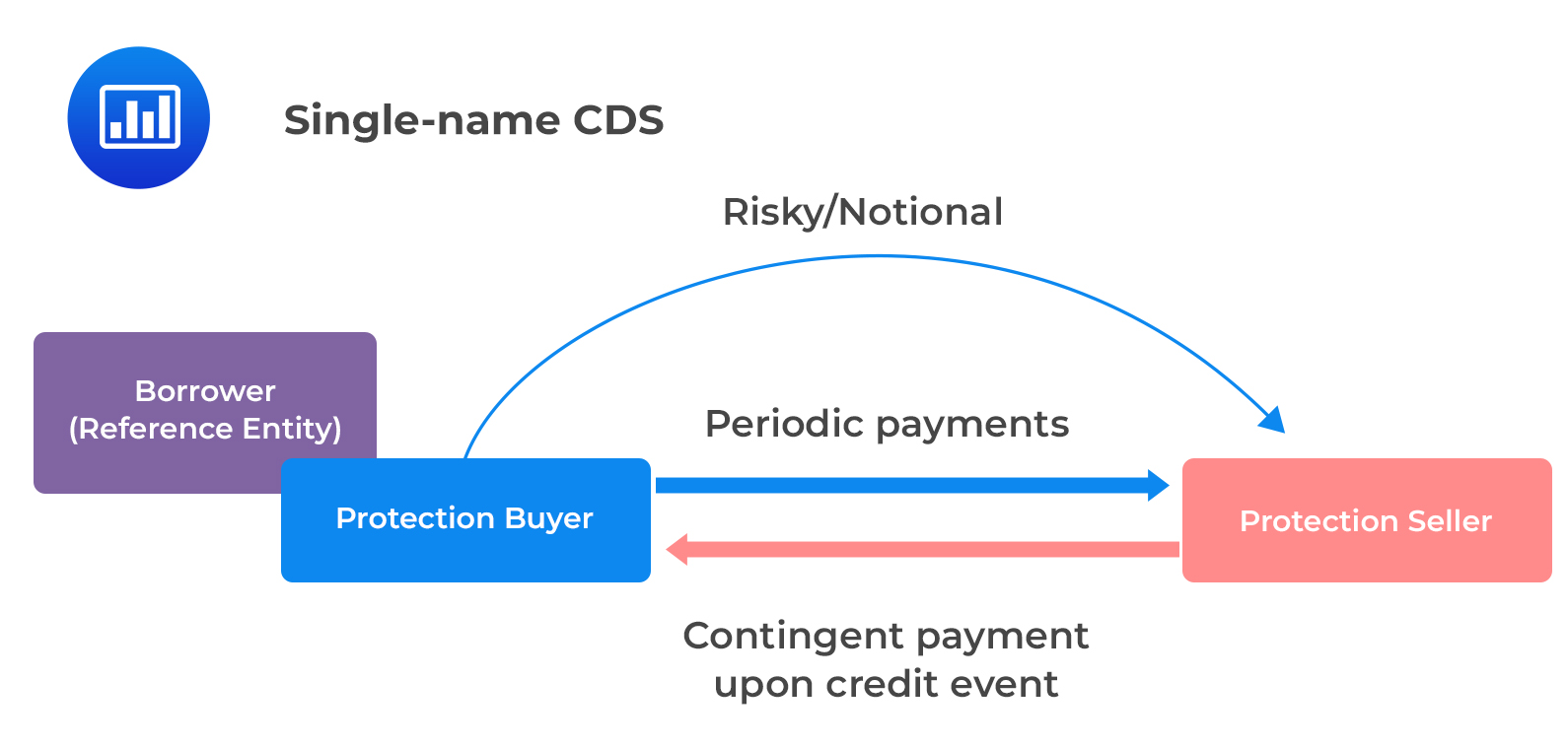Home>Finance>Why Would An Economist Use Real GDP Rather Than Nominal GDP To Measure Growth?


Finance
Why Would An Economist Use Real GDP Rather Than Nominal GDP To Measure Growth?
Modified: December 30, 2023
Find out why economists prefer real GDP over nominal GDP in measuring growth and its implications in the field of finance.
(Many of the links in this article redirect to a specific reviewed product. Your purchase of these products through affiliate links helps to generate commission for LiveWell, at no extra cost. Learn more)
Table of Contents
Introduction
When it comes to measuring economic growth, economists rely on various indicators to assess the performance of a country’s economy. One common measure is Gross Domestic Product (GDP), which provides a snapshot of the total value of goods and services produced within a country over a specific period. GDP can be calculated using two different approaches: real GDP and nominal GDP.
In this article, we will explore why economists prefer to use real GDP rather than nominal GDP as a measurement of economic growth. It is essential to understand the differences between these two concepts and the rationale behind using real GDP to gain a more accurate understanding of a country’s economic performance.
Real GDP refers to the value of goods and services produced within an economy, adjusted for inflation. It takes into account the changes in the price levels over time, providing a more accurate representation of economic growth. On the other hand, nominal GDP does not adjust for inflation and reflects the current market prices of goods and services. Although nominal GDP can be useful in certain contexts, it does not accurately capture changes in economic output because it is influenced by both price changes and changes in production.
The main difference between real GDP and nominal GDP is that real GDP accounts for inflation while nominal GDP does not. Inflation refers to the increase in prices of goods and services over time, which erodes the purchasing power of a currency. By adjusting for inflation, real GDP allows economists to measure the true growth of an economy, disregarding the impact of rising prices on output levels.
Now that we have established the basic definitions of real GDP and nominal GDP, let’s explore the reasons why economists prefer to use real GDP when measuring economic growth. This will shed light on the advantages of using this approach over the nominal GDP method and highlight its significance in accurately assessing economic performance.
Definition of Real GDP
Real Gross Domestic Product (GDP) is a measure of the total value of goods and services produced within an economy, adjusted for inflation. It represents the real output of an economy, taking into account changes in prices over time.
To calculate real GDP, economists use a common base year as a reference point. They gather data on the quantity of goods and services produced in each year and then assign them the prices from the base year. This process, known as deflation, eliminates the influence of price changes, allowing economists to focus solely on changes in output.
The formula to calculate real GDP involves multiplying the quantities of goods and services produced in each year by their corresponding prices in the base year. These values are then summed to obtain the real GDP figure. This approach allows economists to compare the level of economic output from year to year, accounting for changes in production while holding prices constant.
By using real GDP, economists are able to analyze economic growth that is not distorted by inflation. This is particularly useful when comparing economic performance over different time periods. Real GDP provides a more accurate reflection of changes in output and allows for meaningful comparisons between different years, as it eliminates the effect of price fluctuations.
One important point to consider is that real GDP is always expressed in constant dollars, meaning it is adjusted for inflation. This enables economists to measure changes in output while keeping the prices consistent, providing a clearer picture of economic growth.
Overall, real GDP offers a more accurate and reliable measure of economic growth compared to nominal GDP. By adjusting for inflation and using a constant base year, economists can account for price changes and accurately assess changes in output levels over time. This makes real GDP an essential tool for analyzing economic performance and making informed policy decisions.
Definition of Nominal GDP
Nominal Gross Domestic Product (GDP) is a measure of the total value of goods and services produced within an economy, without adjusting for inflation. It reflects the current market prices of goods and services and provides an indication of the monetary value of economic output.
To calculate nominal GDP, economists multiply the quantity of goods and services produced in each year by their current market prices. This calculation takes into account both changes in output and changes in prices, providing a snapshot of the current value of economic production.
Nominal GDP is a straightforward measure that is often used to compare the economic output of different countries or regions. It presents a clear picture of the size of an economy in terms of the current value of goods and services it produces.
While nominal GDP is useful in certain contexts, it does not provide an accurate measure of real economic growth. The main limitation of nominal GDP is that it does not account for changes in the general price level over time. Inflation can distort nominal GDP figures, making it appear as if economic output has increased, when in reality, it might be due to price increases rather than actual production growth.
It is important to note that nominal GDP is susceptible to inflationary effects. When prices rise, nominal GDP will increase even if the quantity of goods and services produced remains the same. Similarly, if prices fall, nominal GDP will decrease, even if there are no changes in the level of production.
While nominal GDP can provide a useful snapshot of economic performance at a given point in time, economists typically prefer to use real GDP when analyzing economic growth over time. This is because real GDP adjusts for inflation, providing a more accurate measure of changes in output levels and allowing for meaningful comparisons between different periods.
Overall, nominal GDP is a valuable indicator of the monetary value of economic output. However, it should be interpreted with caution and in conjunction with other economic metrics to gain a comprehensive understanding of economic performance.
Difference between Real GDP and Nominal GDP
The main difference between real Gross Domestic Product (GDP) and nominal GDP lies in how they account for changes in prices over time. Real GDP adjusts for inflation, while nominal GDP does not.
Real GDP takes into consideration the effects of inflation by using a base year to calculate the value of goods and services produced. This allows economists to isolate changes in output levels and measure actual economic growth. In contrast, nominal GDP reflects the current market prices of goods and services, without accounting for price changes.
One way to illustrate the difference is through an example. Let’s say a country’s nominal GDP for a particular year is $1 trillion. However, over that same year, the overall price levels increased by 5%. If we consider the inflation, the real GDP figure might be adjusted to $950 billion, accounting for the impact of rising prices on the value of output.
The significance of using real GDP instead of nominal GDP becomes apparent when comparing economic growth over different periods. If we only relied on nominal GDP, it would be challenging to distinguish between changes in output and changes in prices. For example, if nominal GDP increased by 5% in a given year, we wouldn’t know if the growth was due to an actual increase in goods and services produced or simply a result of price increases.
By adjusting for inflation, real GDP provides a more accurate measure of economic growth. It allows economists to gauge changes in economic output while eliminating the distorting effects of price fluctuations. Real GDP enables meaningful comparisons between different time periods, providing a clearer picture of actual economic performance.
Another difference between real GDP and nominal GDP is their use in analyzing the standard of living. Real GDP per capita, which is calculated by dividing real GDP by the population, provides a better indicator of economic well-being as it accounts for changes in prices and population growth. Nominal GDP per capita, on the other hand, may be influenced by both inflation and population changes, making it a less precise measure of living standards.
In summary, the main difference between real GDP and nominal GDP is that real GDP adjusts for inflation, providing a more accurate measure of economic growth and allowing for meaningful comparisons over time. Nominal GDP, on the other hand, reflects the current market prices of goods and services, without considering changes in prices. By considering both measures, economists can gain a comprehensive understanding of economic performance and the impact of inflation on output levels.
Reasons for using Real GDP to measure growth
Economists have valid reasons for using real Gross Domestic Product (GDP) as the preferred measure of economic growth. Real GDP provides a more accurate and meaningful representation of changes in economic output over time, taking into account the effects of inflation. Here are some key reasons for using real GDP:
- Adjustment for inflation: Real GDP adjusts for changes in price levels, allowing economists to measure changes in output without the distortion caused by inflation. This adjustment is crucial to accurately assess economic growth over time and ensure that changes in GDP reflect changes in production, rather than price fluctuations.
- Comparability: Real GDP enables meaningful comparisons of economic growth between different time periods. By holding the price levels constant, economists can focus on changes in the quantity of goods and services produced. This comparability is essential for analyzing long-term economic trends and evaluating the effectiveness of economic policies.
- Accurate measurement of economic performance: Real GDP provides a more precise measure of an economy’s performance since it measures actual changes in output over time. By accounting for inflation, economists can separate changes in production from changes in prices, providing a clearer understanding of economic growth and its drivers.
- Policy analysis: Real GDP is an essential tool for policymakers to assess the effectiveness of economic policies. It allows policymakers to evaluate the impact of monetary and fiscal measures on real economic activity, helping to inform their decision-making process. Real GDP helps policymakers identify whether economic growth is sustainable or whether it is driven primarily by inflation-driven price increases.
- Standard of living: Real GDP per capita, obtained by dividing real GDP by the population, is often used as an indicator of a country’s standard of living. By adjusting for inflation and population growth, real GDP per capita provides a more accurate measure of changes in economic well-being. It allows economists and policymakers to evaluate improvements in living standards over time.
In summary, using real GDP to measure economic growth is preferred due to its ability to adjust for inflation, provide comparability between different time periods, accurately measure economic performance, inform policy analysis, and assess changes in living standards. Real GDP enables economists and policymakers to gain a comprehensive understanding of an economy’s health and make informed decisions that foster sustainable economic growth.
Conclusion
In conclusion, real Gross Domestic Product (GDP) is the preferred measure of economic growth for economists due to its ability to account for inflation and provide a more accurate representation of changes in economic output over time. Real GDP adjusts for changes in price levels, allowing economists to isolate changes in production and accurately assess economic growth.
By using a base year and deflating current prices, real GDP provides comparability between different time periods. This comparability is essential for analyzing long-term economic trends, evaluating the effectiveness of economic policies, and making informed decisions regarding the allocation of resources.
Real GDP also enables economists to measure economic performance accurately. By adjusting for inflation, changes in output can be distinguished from changes in prices, providing a clearer understanding of economic growth and its drivers. This measurement of real economic growth helps policymakers assess the sustainability and stability of an economy.
Furthermore, real GDP per capita, obtained by dividing real GDP by the population, provides an indication of changes in living standards. It takes into account changes in output, population growth, and inflation, offering a more accurate measure of economic well-being over time.
While nominal GDP has its uses in certain contexts, its inability to account for inflation makes it less suitable for measuring economic growth accurately. Real GDP’s adjustment for inflation ensures that changes in output are not distorted by changes in price levels, providing a more reliable indicator of economic performance.
In summary, the utilization of real GDP as a measurement of economic growth offers economists and policymakers a more accurate, informative, and meaningful understanding of an economy’s health and progress. It allows for accurate comparisons over time, policy analysis, and evaluations of living standards, enabling informed decision-making and the implementation of effective economic policies.














